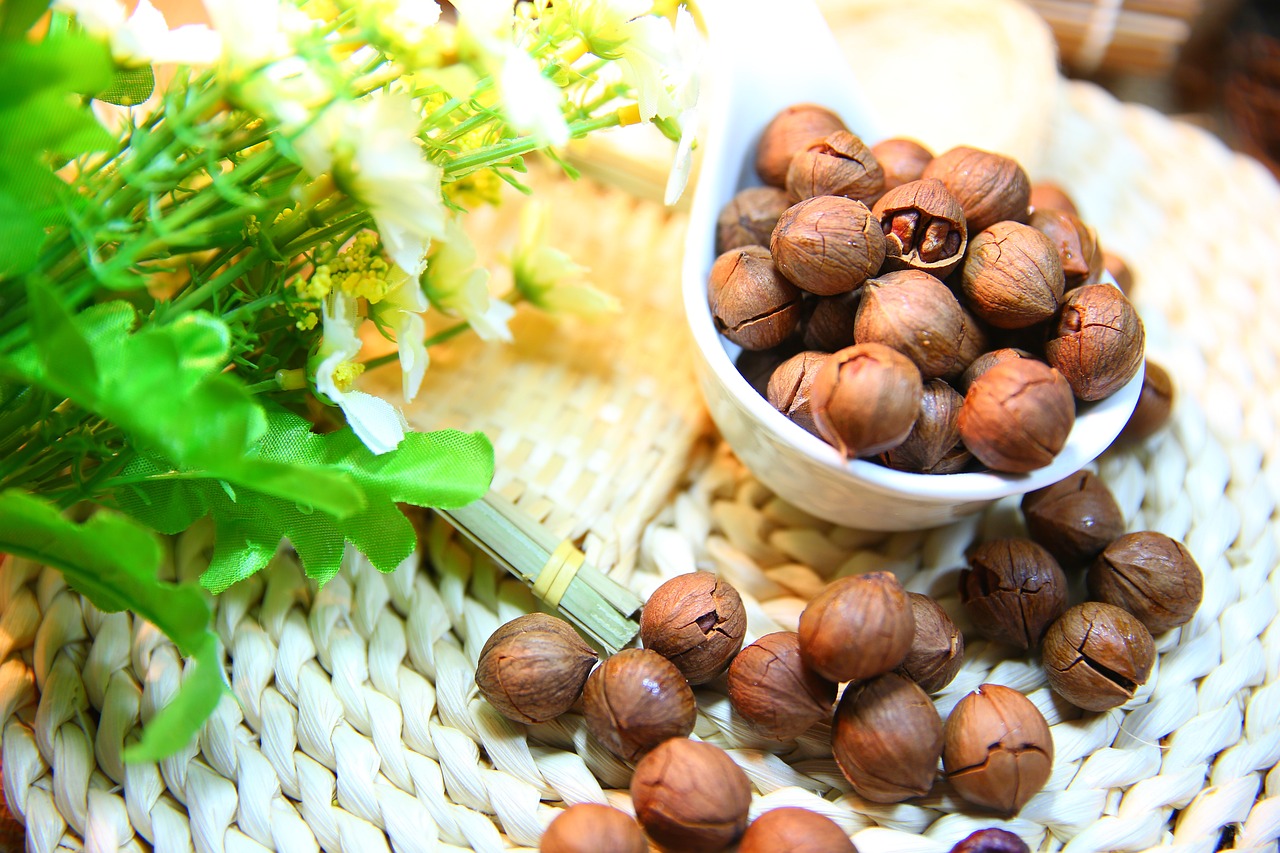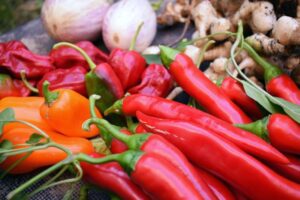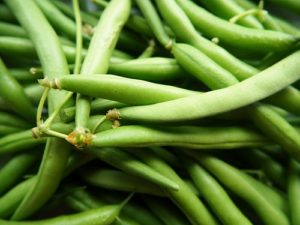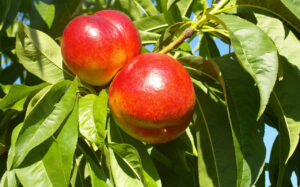In this guide, we’ll walk you through the entire process, from identifying the right time to harvest, to the best practices for gathering and enjoying your pecans.
Understanding Pecans
Pecans are native to the southern United States and thrive in warm climates. The trees can grow quite large, reaching heights of 70 to 100 feet, so having ample space is essential. Pecans produce both male and female flowers, and for proper pollination, it’s best to have more than one tree for cross-pollination. Types of pecans include ‘Desirable,’ ‘Elliott,’ and ‘Stuart,’ each with its own characteristics and flavor profiles.
When to Harvest Pecans
Timing is crucial when it comes to harvesting pecans. Pecans typically ripen in the fall, generally between late September and early December, depending on your location and the specific variety of pecan. Here are some signs that indicate your pecans are ready to be harvested:
Shell Separation: When the nuts start to fall from the tree, you’ll notice that the husk may begin to split open. This is a clear sign that the pecans are mature.
Color Changes: Look for a change in color from a bright green to brown. The husks should begin to dry out and change in color.
Taste Test: If you’re unsure, crack a few nuts open. If the nut inside is dark and flavorful, they’re ready for harvest.
How to Harvest Pecans
Tools You Will Need: Before you start, gather the necessary tools. A sturdy ladder for reaching higher branches, a bucket or a bag for holding the nuts, and gloves are useful for protecting your hands from the rough husks.
Manual Harvesting: You can simply pick the nuts off the ground or use your hands to shake the branches gently. Note that shaking the branches can cause some nuts to fall and get damaged, so be mindful of how hard you shake.
Using a Pecan Picker: A pecan picker is a handy tool for an easier harvest. This device resembles a cage and can pick up the nuts as you roll it across the ground, making your collection quicker and less labor-intensive.
Gather Regularly: It’s essential to gather nuts regularly to prevent them from becoming damaged or eaten by pests. Collect them every few days during the peak harvest period.
Cleaning and Storing Pecans
After harvesting, it’s important to clean and store your pecans properly to maintain their freshness:
Remove the Husk: If the nuts are still in their green husk, remove the husk by hand or with a nut husker tool. This should be done as soon as possible after harvesting for the best results.
Wash the Nuts: Rinse the nuts with water to remove any debris and dirt. After washing, let them dry completely.
Storage: Store the cleaned pecans in an airtight container in a cool, dry place. They can be kept in the refrigerator to maintain freshness for several months or even frozen for longer storage.
Culinary Uses for Pecans
Once you have successfully harvested and stored your pecans, the culinary possibilities are endless! Here are some ideas to get you started:
Snacks: Enjoy them raw or roasted with a touch of salt for a delicious snack.
Baking: Add chopped pecans to cookies, cakes, and brownies for a nutty flavor.
Salads: Toss pecans into salads for added crunch and nutrition.
Pecan Pie: A classic dessert that showcases the rich taste of pecans perfectly.
Conclusion
Harvesting pecans at home can be a rewarding experience, offering delicious nuts that you can enjoy in various ways. With the right timing, tools, and techniques, you can successfully gather your own pecans each fall. Whether you’re a seasoned gardener or a newcomer to pecan farming, following this guide can help you make the most of your harvest. Embrace the experience, and soon enough, you’ll be enjoying your very own homegrown pecans!






